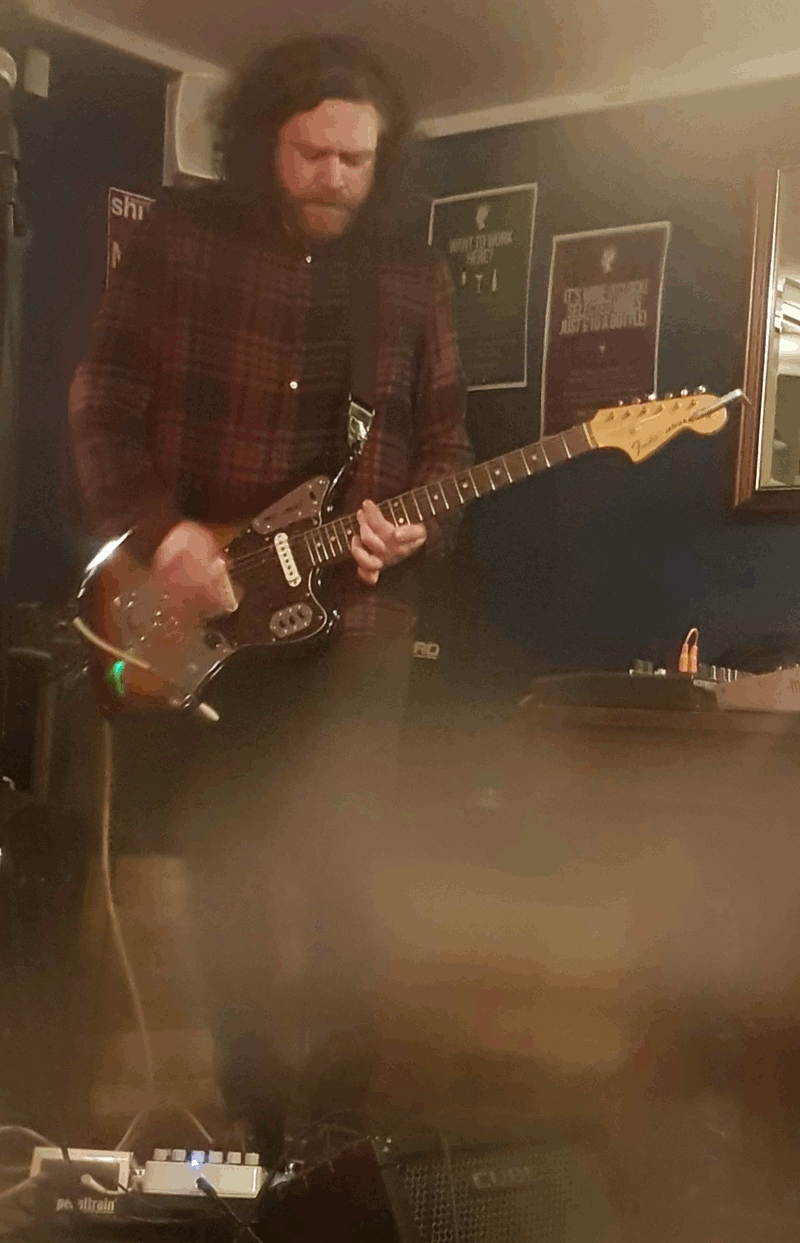 In her bid to subvert the sound of the trumpet and meld it into something that is purely her own, Hilde Marie Holsen has teamed up with synthesizer artist Magnus Bugge as Bilayer to generate an album’s worth of esoteric and other worldly soundscapes. If you are lucky, you may recognise the sound of her primary instrument here and there, but often it is disguised, merging in with her electronics and Magnus’s synths to create a soundworld that is purely theirs.
In her bid to subvert the sound of the trumpet and meld it into something that is purely her own, Hilde Marie Holsen has teamed up with synthesizer artist Magnus Bugge as Bilayer to generate an album’s worth of esoteric and other worldly soundscapes. If you are lucky, you may recognise the sound of her primary instrument here and there, but often it is disguised, merging in with her electronics and Magnus’s synths to create a soundworld that is purely theirs.
In fact, in a number of the tracks, particularly opener “Inertia”, that soundworld feels like a submerged land, an underwater panorama that houses mystery and surprise at every turn. The water is too murky, too busy to be able to see properly, so we rely on sound to guide us to wherever we are aiming. The trumpet is the guide, but it drifts listlessly through the throbbing sound of engines or distant depth charges, each new sound a surprise making its way out of the swirl of plankton, seaweed and other falling debris.
There is a rhythm of sorts on “Nystagmus” that echoes breathing apparatus, while this time submerged bells are the guide as we make slow progress through the water, sounds from above gradually filtering down, assuming strange textures. A metallic scrape circles us as we go, but it is too dark to see what may have generated it. The trumpet is more noticeable on “Dura Mater”, but the sound is so gentle it feels as though Hilde Marie is whispering through the mouthpiece, the sound quavering, almost defeated. The effort required to carry the notes sounds almost too much, and at every turn, the subtle but dark-hued electronics seem to harry the trumpet as it wanders tired and aimless, each note scraped and scratched, aching with a terrible melancholy. It transports you, and you wonder how the trumpet will recover. “Amygdala” seems trumpet-free as the sweetness of the sepulchral organ tones are juxtaposed against vicious electronic distortion that opens the way for the immensity of the final track.Taking up half of the album’s running time, “Bilayer” starts with an Eastern-sounding trumpet, light and keening that is pursued by electronics that attempt to unsettle at every turn. The sound is so sparse that each of the three elements appear far removed from one another and almost unrelated. The silky drone and the fast, offset pitter-patter that gradually becomes an insistent offset beat and the drifting trumpet all eventually come together, feeding off one another and causing further reactions that are unexpected.
The trumpet is dreamlike and gently beguiling, but just as you think you have the measure and things are drifting to a close, it all makes a vibrant, tumultuous return, this time sounding like a battle endlessly circling. Some of the sounds are really unpleasant and as the whole thing comes on like an underwater battle to the death, the violence gradually recedes until all we have is the drift of the sounds returning to the gentle mystery of the opening section of the album, a final conclusion that feels as if we have gone full circle.There is no end Hilde Marie’s imagination and her ideas of how the trumpet can sound. The possibilities are endless for her (and here with Magnus), and it is a treat to follow her adventures.
-Mr Olivetti-



